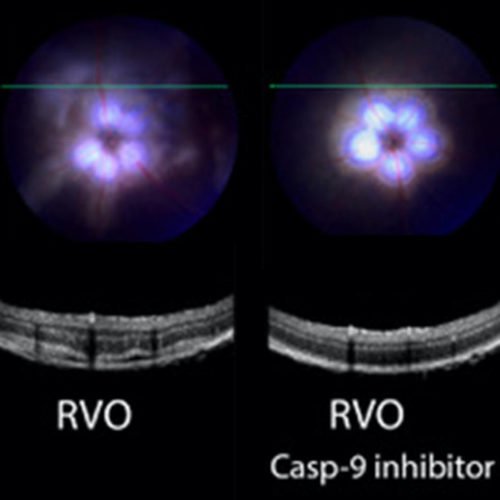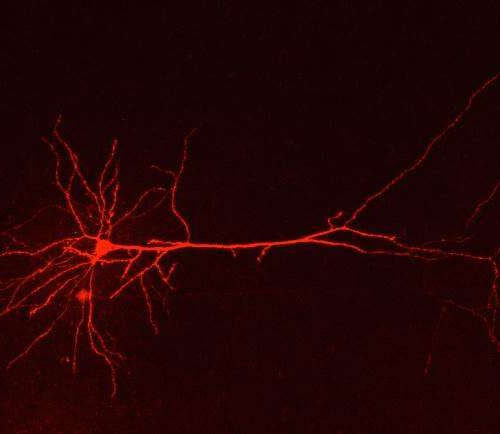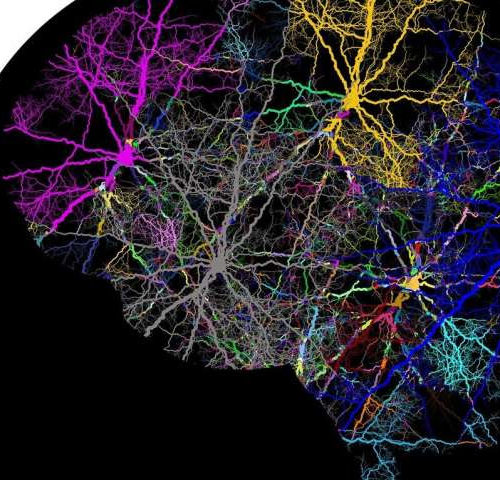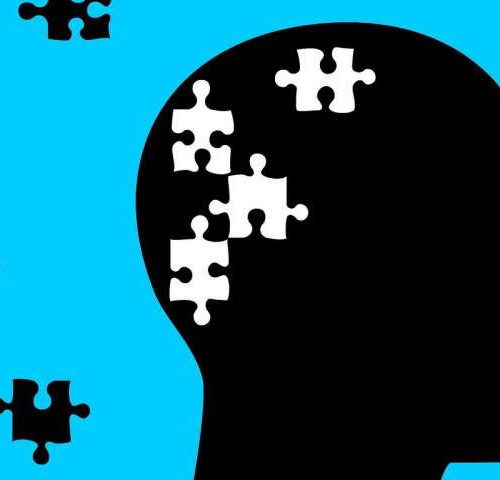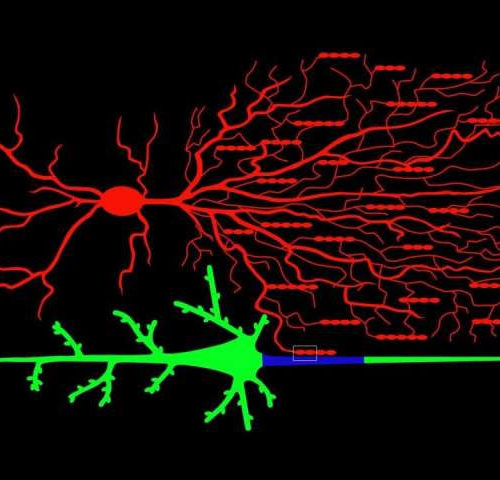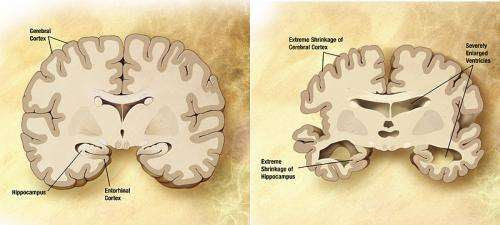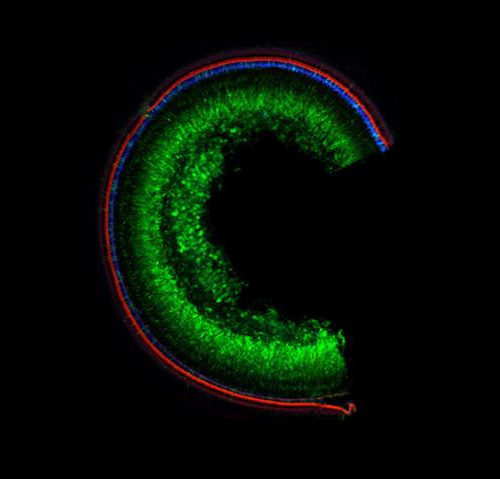COLUMBIA UNIVERSITY IRVING MEDICAL CENTER EYEDROPS WITH A CASPASE-9 INHIBITOR PREVENT RETINAL INJURY FROM RETINAL VEIN OCCLUSION. IN THE LEFT IMAGE, RVO CAUSES SWELLING IN THE RETINA AND THE RETINAL LAYERS ARE LESS DISTINCT…. view more CREDIT: TROY LAB (CUIMC) NEW YORK, NY (June 29, 2020) — Researchers at Columbia University Irving Medical Center have...
Tag: <span>disorders</span>
Genetic malfunction of brain astrocytes triggers migraine
by University of Zurich Neuroscientists of the University of Zurich shed a new light on the mechanisms responsible for familial migraine: They show that a genetic dysfunction in specific brain cells of the cingulate cortex area strongly influences head pain occurrence. Migraine is one of the most disabling disorders, affecting one in seven people and...
Study identifies pathways between memory and decisions
by Cedars-Sinai Medical Center New research from Cedars-Sinai has identified the pathways of neurons that help people retrieve information from memories and use that information to make decisions—a discovery that may aid development of future treatments for memory disorders that accompany certain conditions, like schizophrenia and Alzheimer’s disease. The research, led by Ueli Rutishauser, Ph.D.,...
Unexpected mental illnesses found in a spectrum of a rare genetic disorder
by UC Davis UC Davis MIND Institute researchers found an unexpected set of mental illnesses in patients with a spectrum of a rare genetic disorder. Their study revealed the need for clinicians to consider the complexities of co-existing conditions in patients with both psychological and fragile X associated disorders. Double-hit fragile X spectrum cases The...
How chandelier cells light up the brain
by Jennifer Michalowski, Cold Spring Harbor Laboratory Illustration of a chandelier cell (on top in red) connecting to a pyramidal neuron (in green on the bottom) on its axonal initial segment (in blue). Credit: CSHL Within the intricate network of cells that make up the brain, chandelier cells stand out for their elaborate, branching structure....
Researchers define type of Alzheimer’s that affects people in their younger years
by From Mayo Clinic News Network, Mayo Clinic News Network Mayo Clinic researchers have defined a form of Alzheimer’s disease that strikes younger people as early as their 40s, presents with atypical symptoms, and affects a different part of the brain not usually associated with Alzheimer’s. In their study, the researchers describe a progressive dysexecutive...
Gene therapy with a new base editing technique restores hearing in mice
Repairing a single mutation in the Tmc1 gene restored partial hearing in mice Key Findings: This is the first example of repairing a recessive gene mutation Repairing a single mutation in the Tmc1 gene restored partial hearing in mice The technique required the use of two viral vectors to deliver the base editing machinery Cells...
Female athletes at risk for nutritional deficiencies
Lack of proper nutrition education may affect female athletes’ performance and long-term health, says Rutgers researcher RUTGERS UNIVERSITY Two decades of research among female athletes over the age of 13 years shows that a lack of nutrition knowledge about what they need to eat to stay healthy and compete may contribute to poor performance, low...
Growth factors and Parkinson’s disease — Where next?
Amsterdam, NL, June 4, 2020 – Growth factors such as glial cell line-derived neurotrophic factor (GDNF) were initially thought to be exciting new treatments for Parkinson’s disease (PD), but trials have been disappointing. A panel of prominent leaders in the field convened to discuss whether there is a future for this approach and what any...
Stimulating research gives new treatment hope for Tourette Syndrome
by University of Nottingham Scientists from the University of Nottingham’s School of Psychology and School of Medicine used repetitive trains of stimulation to the median nerve (MNS) at the wrist to entrain rhythmic electrical brain activity—known as brain-oscillations—that are associated with the suppression of movements. They found that rhythmic MNS is sufficient to substantially reduce...

